Deflektron
Interactive installation
Deflektron is an interactive installation that invites its audience to explore the magnetic properties of electrons and to engage with the world of subatomic particles in a playful way. Using neodymium magnets, visitors can bend the path of 15 electron beams as they travel through black and white cathode ray tubes, creating mesmerizing visual patterns and effects on their fluorescent screens.
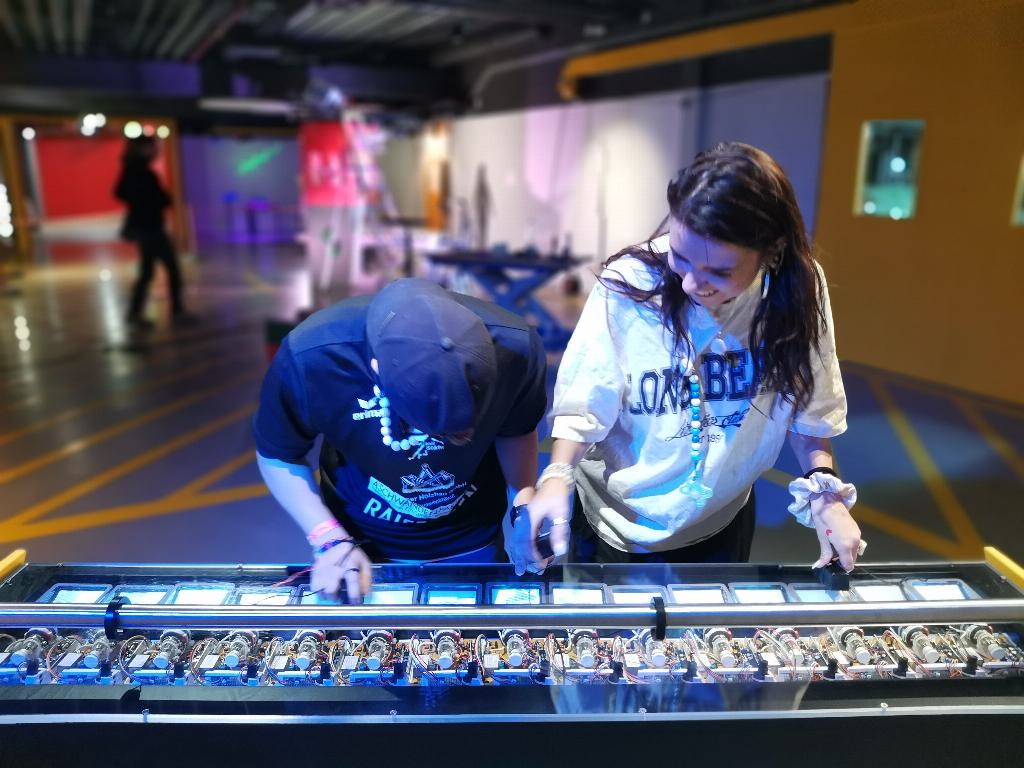
In November 2022, Technorama, a science center located in Winterthur, Switzerland, invited me for a month-long artist residency. They asked me to develop ideas and prototypes for the remake of their exhibition on electricity and magnetism. Prior to the residency, I conducted experiments with various materials in Berlin to find out what I would like to work on in Switzerland.
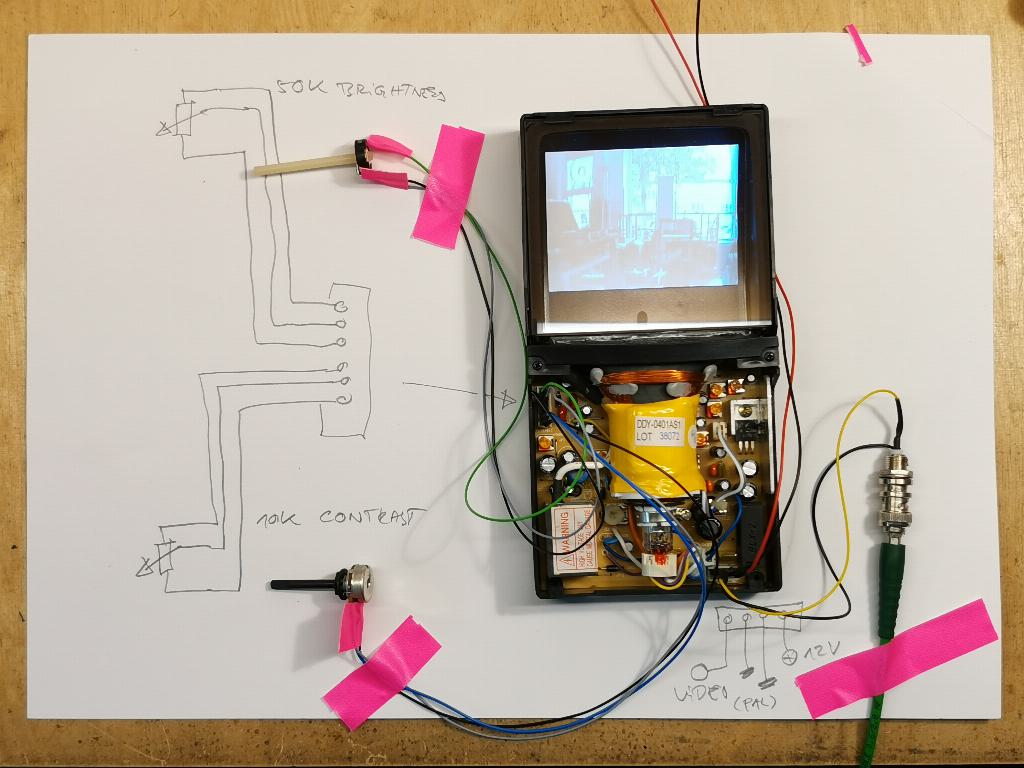
During my experiments, I also investigated the aesthetic potential of different types of cathode ray tubes, a now obsolete display technology that uses an electron beam to generate electronic images on a fluorescent surface.
The works of pioneering video artist Nam June Paik, such as "Magnet TV" (1965) and his collaborations with video engineer Shuya Abe, e.g. the "Paik/Abe raster manipulation unit" a.k.a. the Wobbulator (1970), came to mind, in which they modified the image on TV sets, using signal generators, coils and permanent magnets. I thought that an interactive adaptation of those works could make an interesting piece for the hands-on exhibition at the science center.
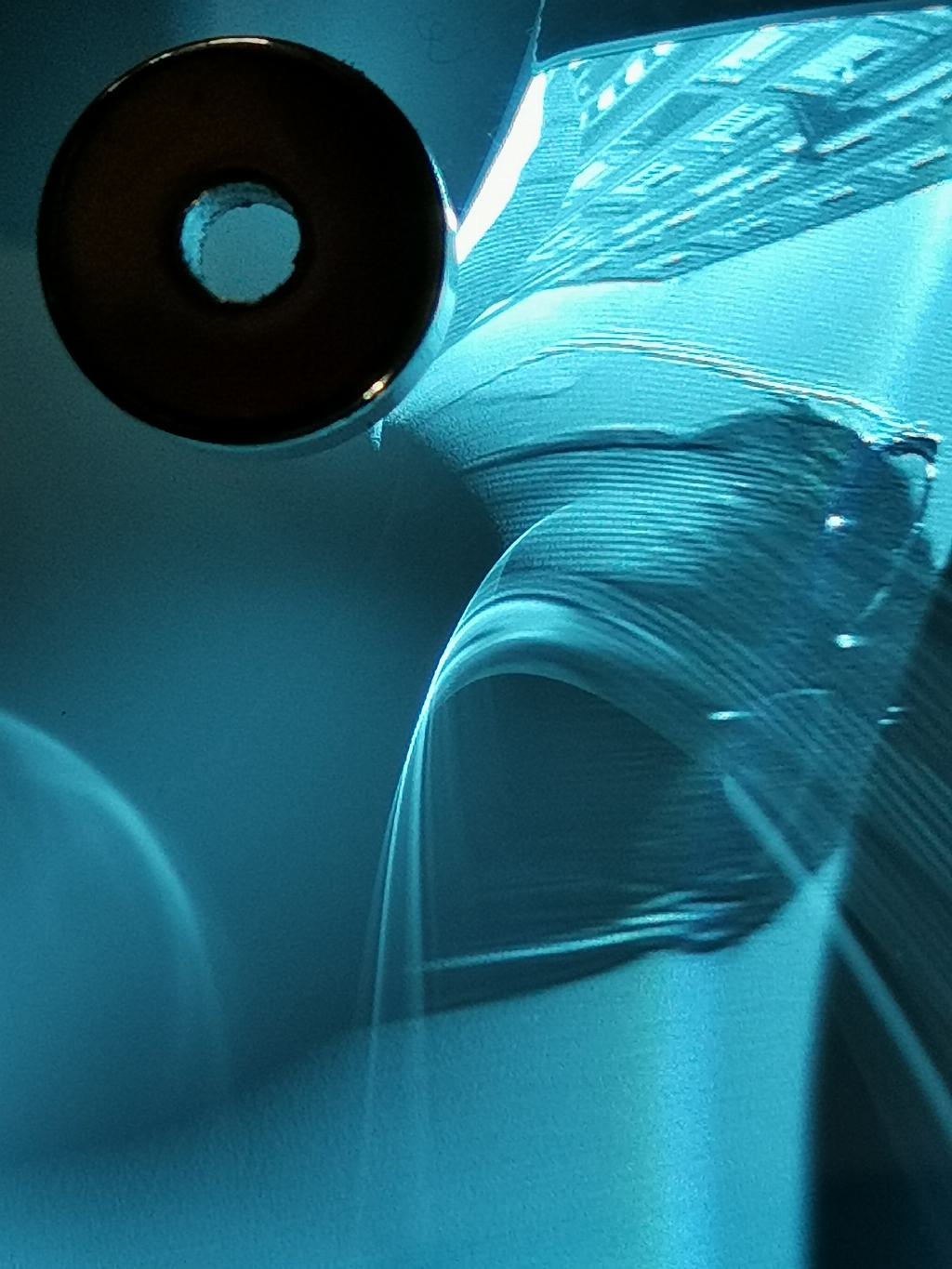
Building the installation
Eventually, I decided to use several small, flat, black and white CRT video monitors for my project. Those types of screens were formerly used in pocket televisions and home intercoms, and I had previously used one of them to build an audiovisual synthesizer. After experimenting with many different magnets and various screen options, I found that these monitors produced the most interesting visual effects, when I applied an external magnetic field.
The electron beam hits the bended inner back side of the tube, which makes this CRT quite unusual

We did some tests to ensure that this installation won't become a 15‑beam x‑ray death cannon
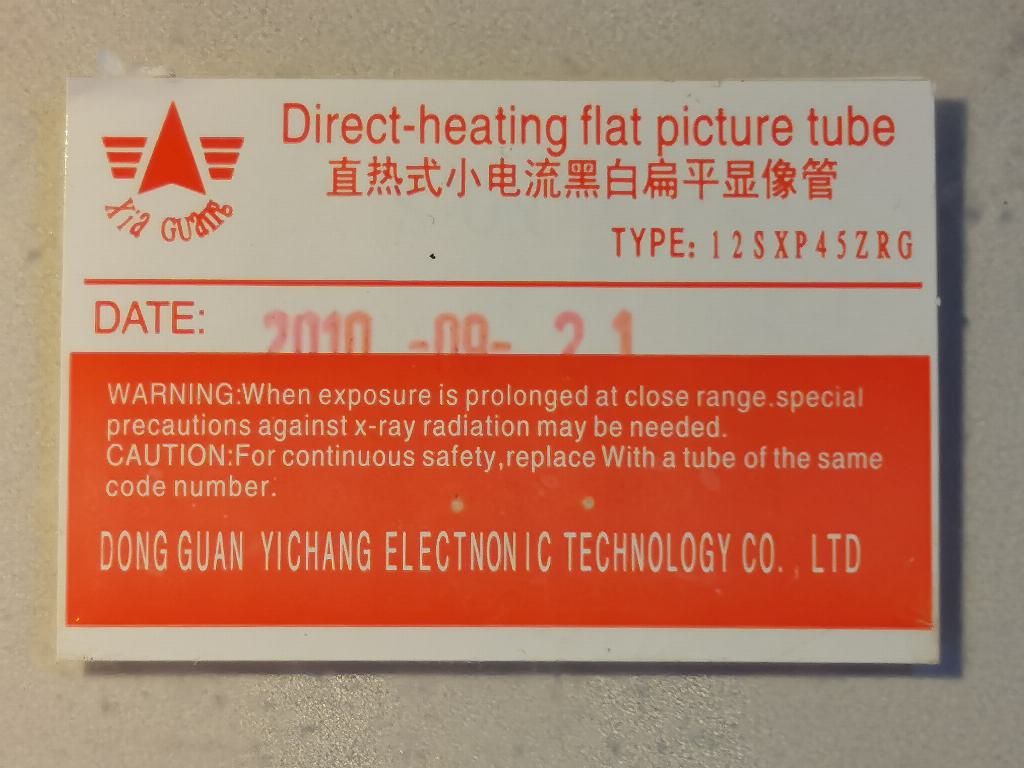
The tubes, stripped of their enclosures, have a strong visual appeal, and when several ones of them are placed side by side, they look even more striking. To ensure repairability, a crucial aspect in the creation of exhibits for science centers, I came up with a modular design, with each monitor mounted on its own separate board and connected to its own small camera module as a video signal source. A few 3D printed parts hold everything in place. The boards were interchangeable and I made a few extra as spare parts in case of any broken units.
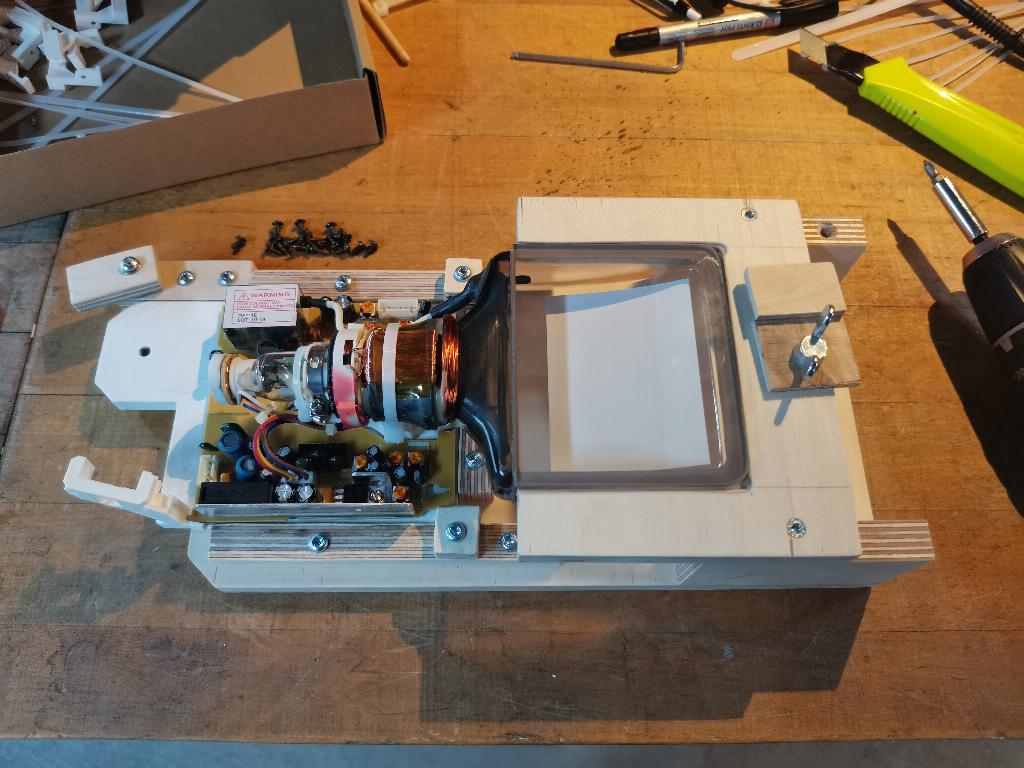
video cameras and adaptor boards are still missing
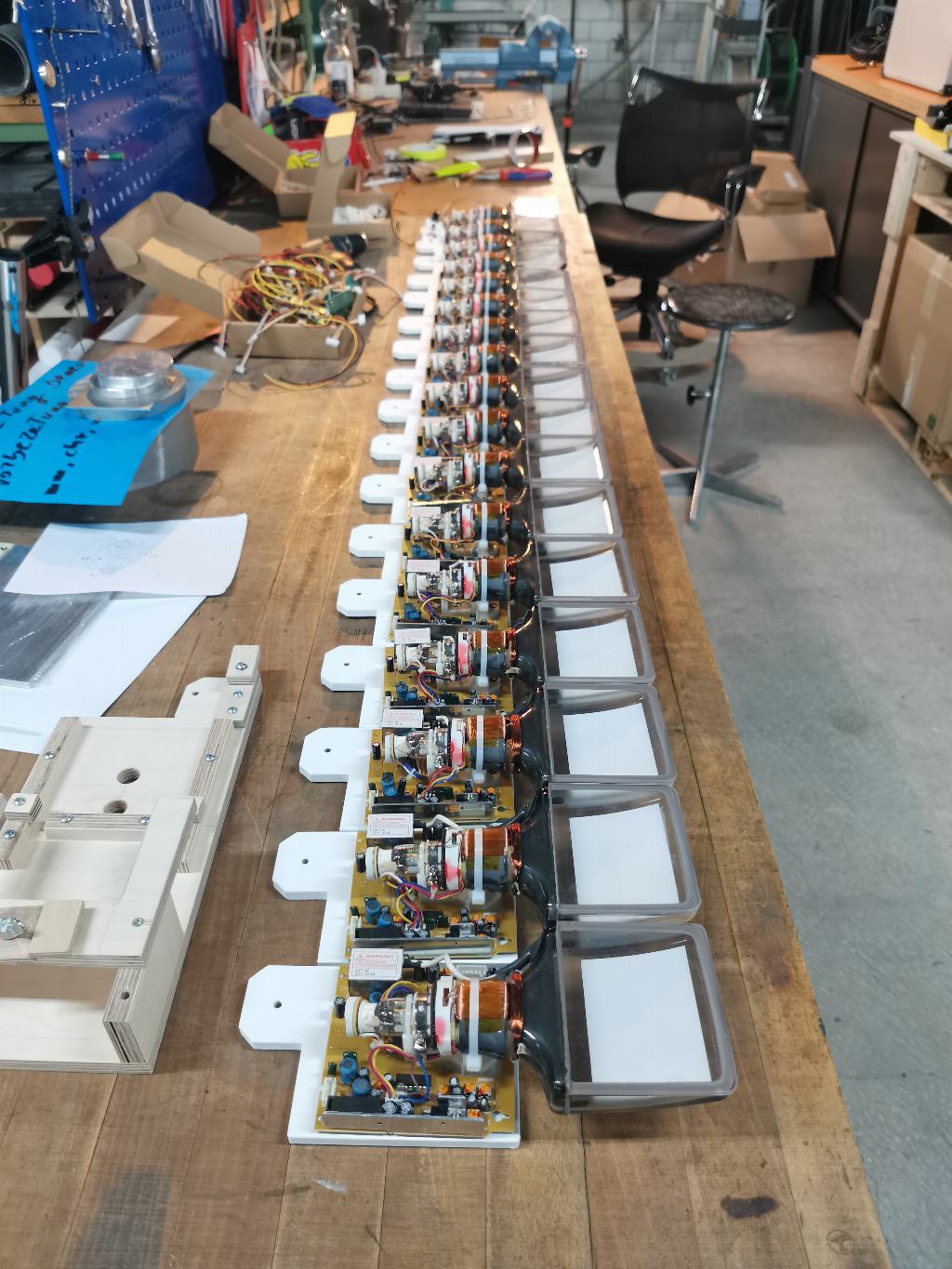
For building the cabinet, I used multiplex plywood, which was later coated with durable 2-component lacquer. The design of the installation was inspired by 1980s synthesizers, as the row of black and white monitors reminded me of a keyboard.
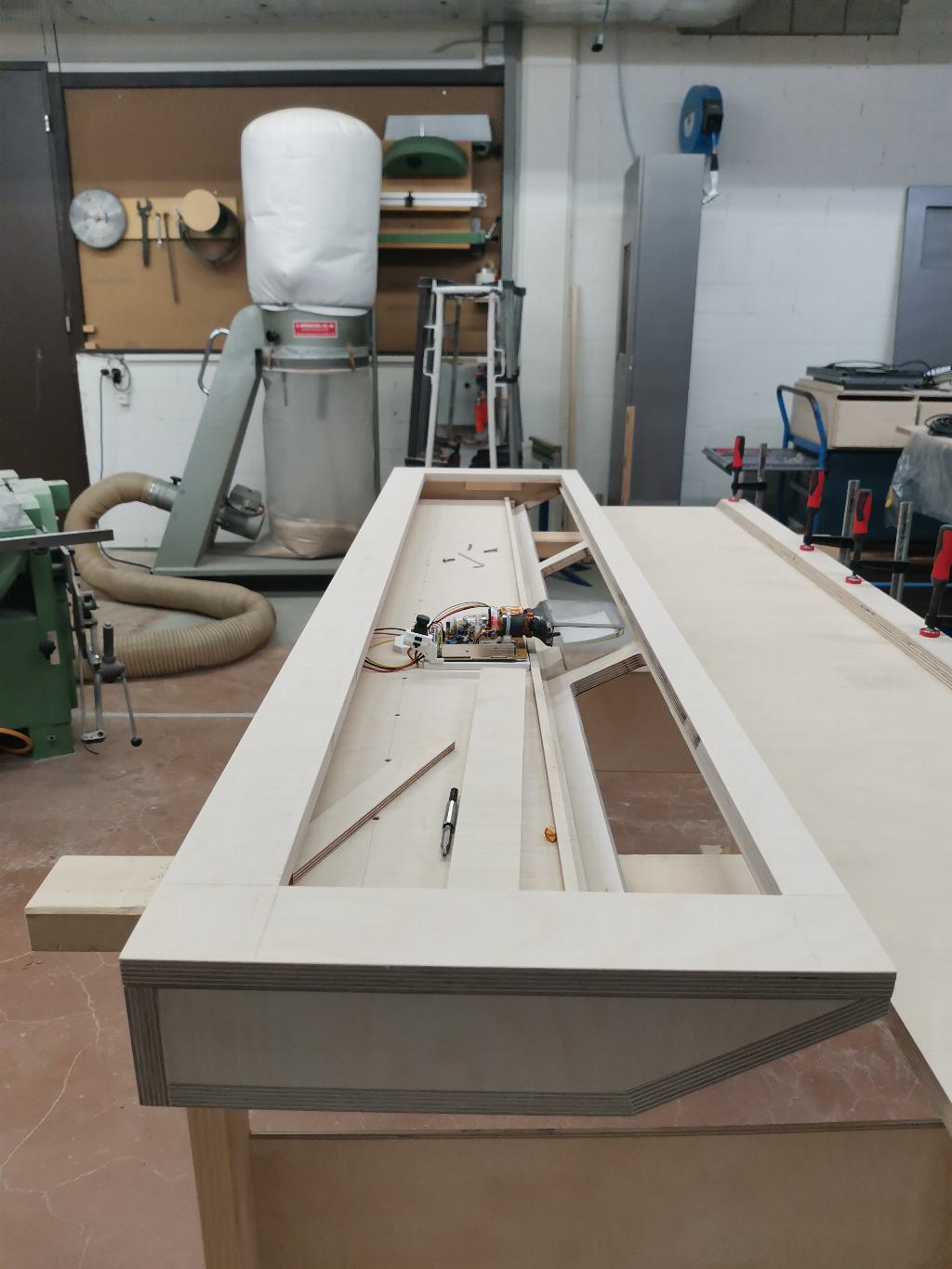
The yellow flashes on the sides appear throughout Technorama as they are used in the sign that leads the visitors to the electricity and magnetism show. In my installation, the flashes also serve a structural purpose, holding a stainless steel pipe to which the magnets are attached. However, I encountered some challenges along the way. Neodymium magnets are brittle and they can easily shatter, so I had to be careful to protect them.
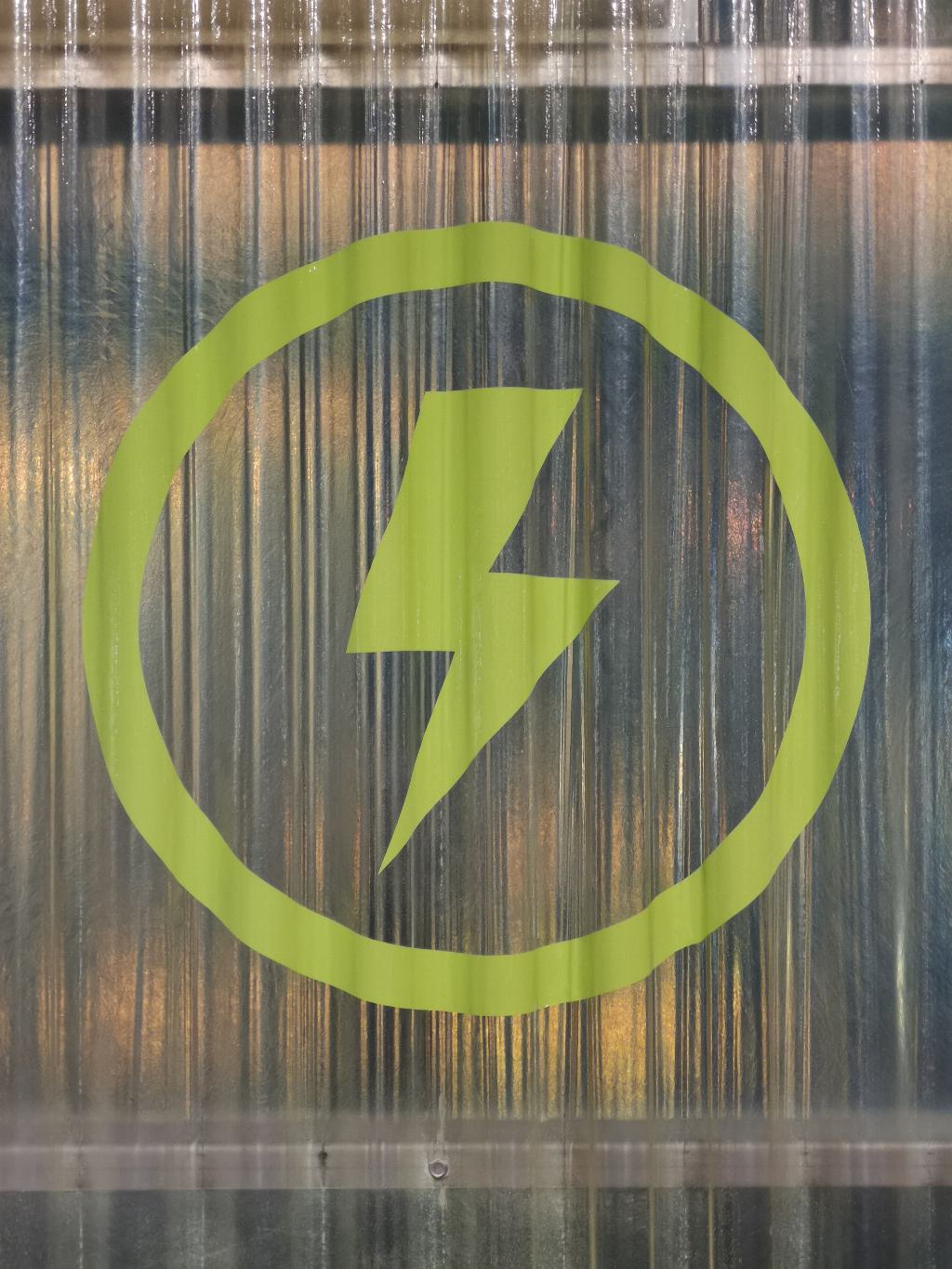
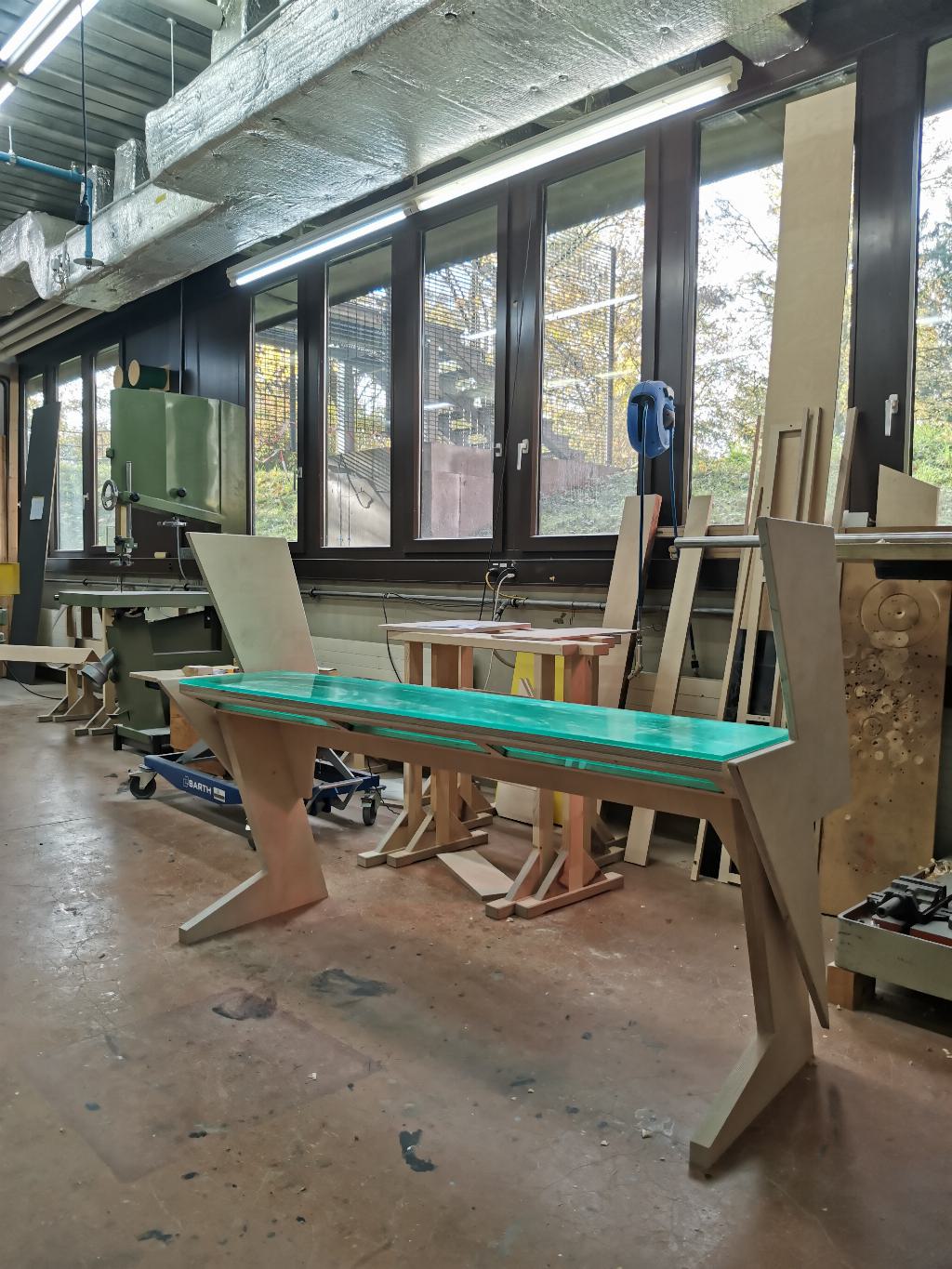
I ended up enclosing the magnets in CNC milled cases made of POM, a plastic with low friction and good wear resistance. The top surface of the cabinet is made from acrylic, but it became clear that this material is too prone to scratching and will have to be replaced with a sheet of real glass soon.
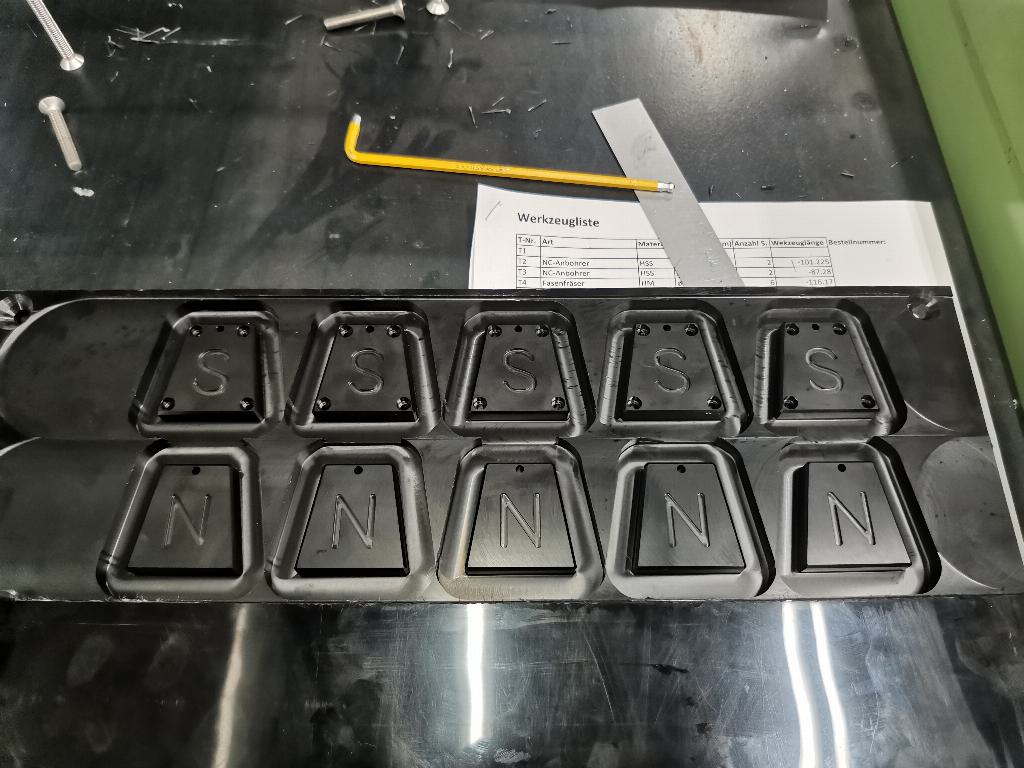
I really like the hexagonal 3D controller
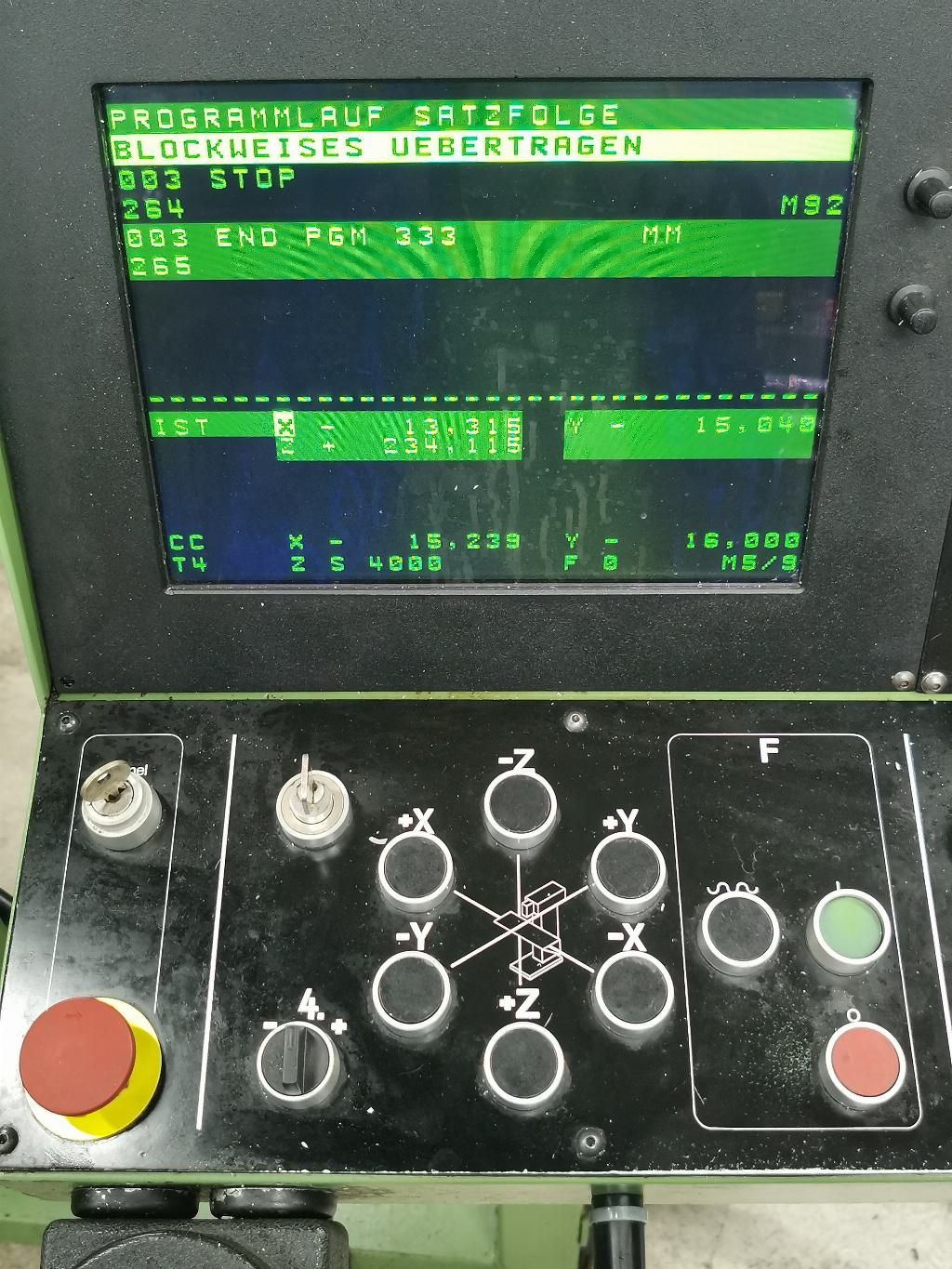
With access to an incredible workshop, stocked with a vast selection of materials and tools as well as the invaluable help and advice of Technorama's skilled carpenters, electrical engineers and machinists, building the installation went really fast. Within two weeks, the prototype was working and I moved on to build a second installation, the “Visitors Magnet”.
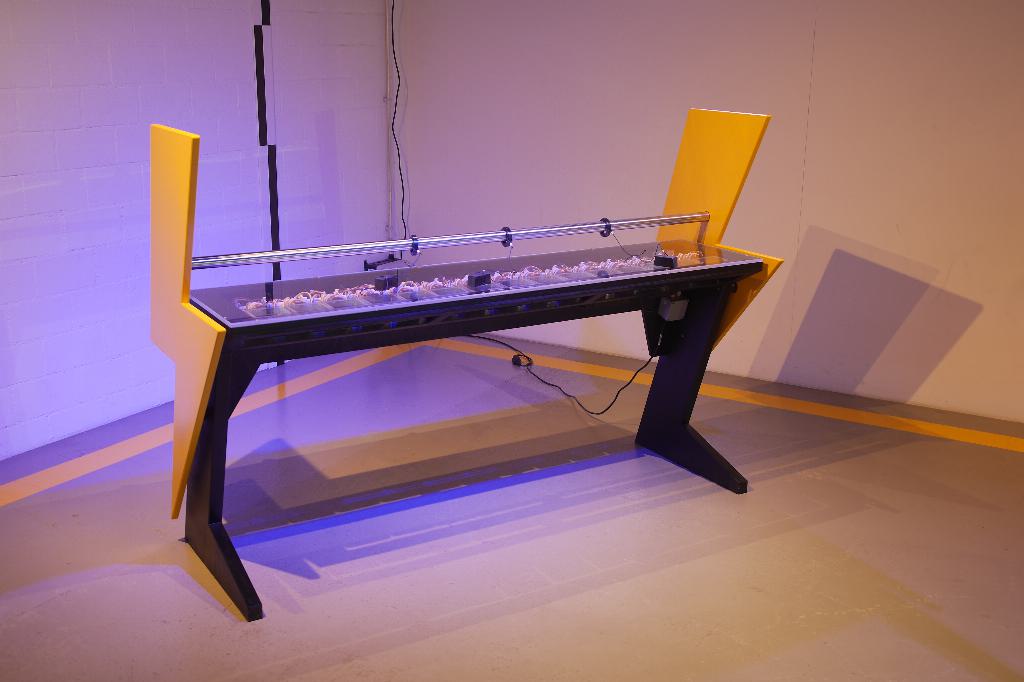
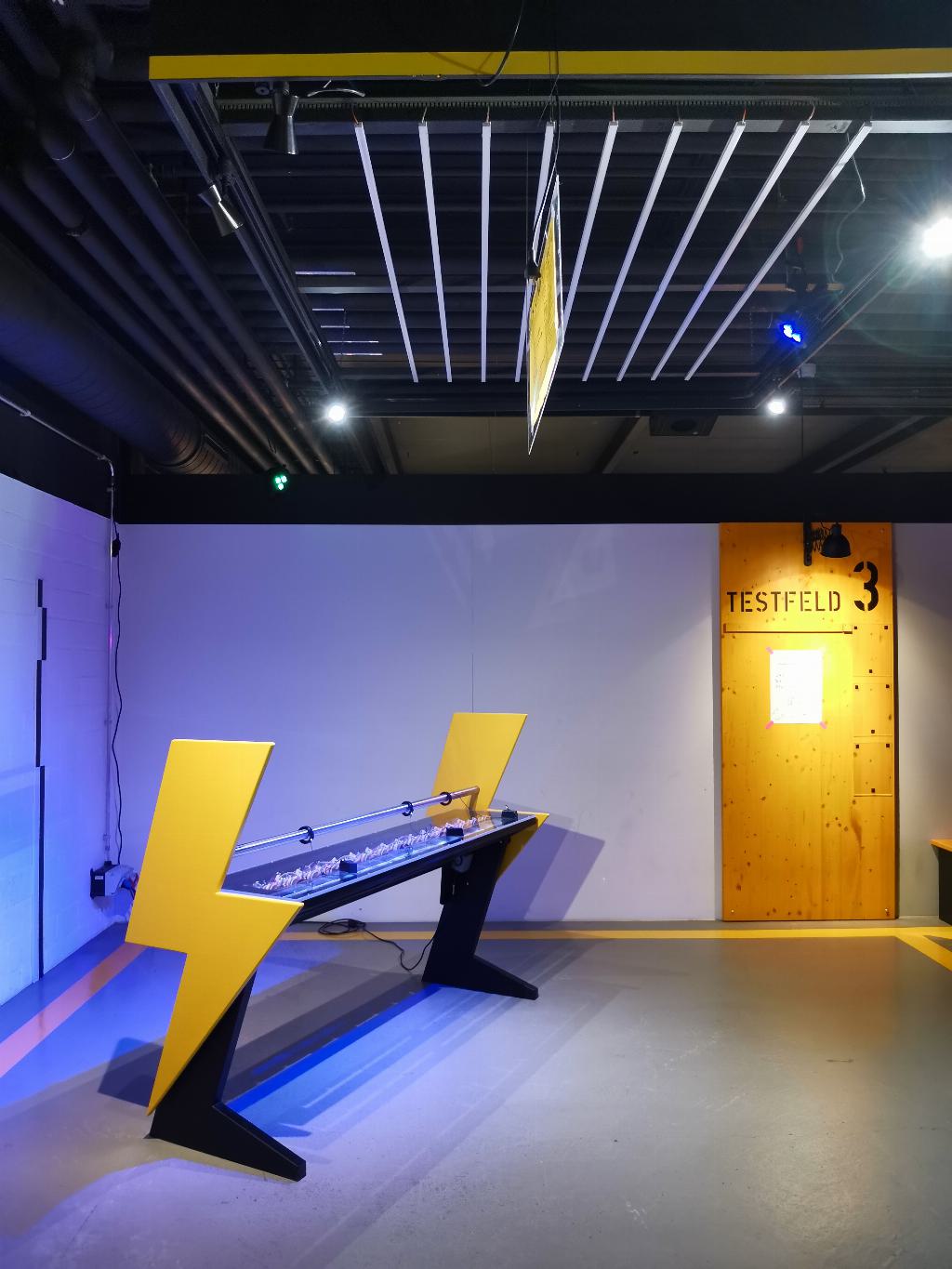
Thanks
Thanks to everyone at Technorama who helped bring Deflektron to life, namely: Albert, Chrigi, Cedi, Daniel, Elija, Hölze, Jörg, Jürg, Kevin, Marco, Mario, Michi, Res, Robin, Rolf, Romeo, Sascha, Simon and Thomas.
Big thanks to Charlotte and Armin for inviting and trusting me and for giving me the freedom to make whatever I wanted.
Shoutout to Bernie Lubell,
who was artist in residence at the Technorama before me and who proposed that I should visit next.
Thanks a lot for the opportunity, Bernie!
This work was heavily inspired by the art of Nam June Paik and Shuya Abe - thanks for letting me stand on your giant shoulders ;)
Also big thanks to Rrrrrose Azerty for the synthesizer sounds in the video.
And finally thank you to all the visitors who allowed me to film and to photograph them for the documentation of this project!
Additional resources
- Deflektron manual PDF in German - contains all data sheets and schematics
- Deflektron photos all hires and CC-BY Niklas Roy
- Deflektron video at archive.org